“Thousands of years of human civilisation are shorter than the blink of an eye in the history of a universe that spans tens of billions of years.” Accordingly, the starry sky we often gaze upon, apart from the Sun, the Moon, and the planets, is mostly static. The constellations created by ancient civilisations remained virtually unchanged in shape to this day. However, this sky still undergoes tiny, almost imperceptible changes that the naked eye cannot detect.
This insightful statement, reflecting on humanity’s smallness in the vast flow of cosmic time, was presented by MSc. Phạm Vũ Lộc at the “2025 Astronomy Seminar,” organised by the Astronomy Club (USAC), part of the Faculty of Physics –Engineering Physics at the University of Science, on the afternoon of 11th January 2025.
The event attracted more than 200 students, teachers, and staff from within and outside the university, filling Hall I to listen and engage in discussions about the universe with two speakers on two topics:
– Researcher MSc. Phạm Vũ Lộc: Researcher at the Viet Nam Space Centre, Viet Nam Academy of Science and Technology, and a researcher in Astronomy History at the University of Science and Technology of China. Presentation topic: “Uncertainty in Star Navigation.”
– Mr. Ngô Ngọc Hải: Member of the ELT/HARMONI research group, specialising in the formation and co-evolution of supermassive black holes and host galaxies. Presentation topic: “Galaxy Evolution.”
To start the event, Mr. Ngô Ngọc Hải (USAC) presented the latest discoveries regarding the formation and development of galaxies from the early universe. Modern models and advanced observational tools like the JWST and ALMA were introduced, helping attendees understand the role of galaxy mergers, supermassive black holes, and star formation in shaping the structure of the universe.
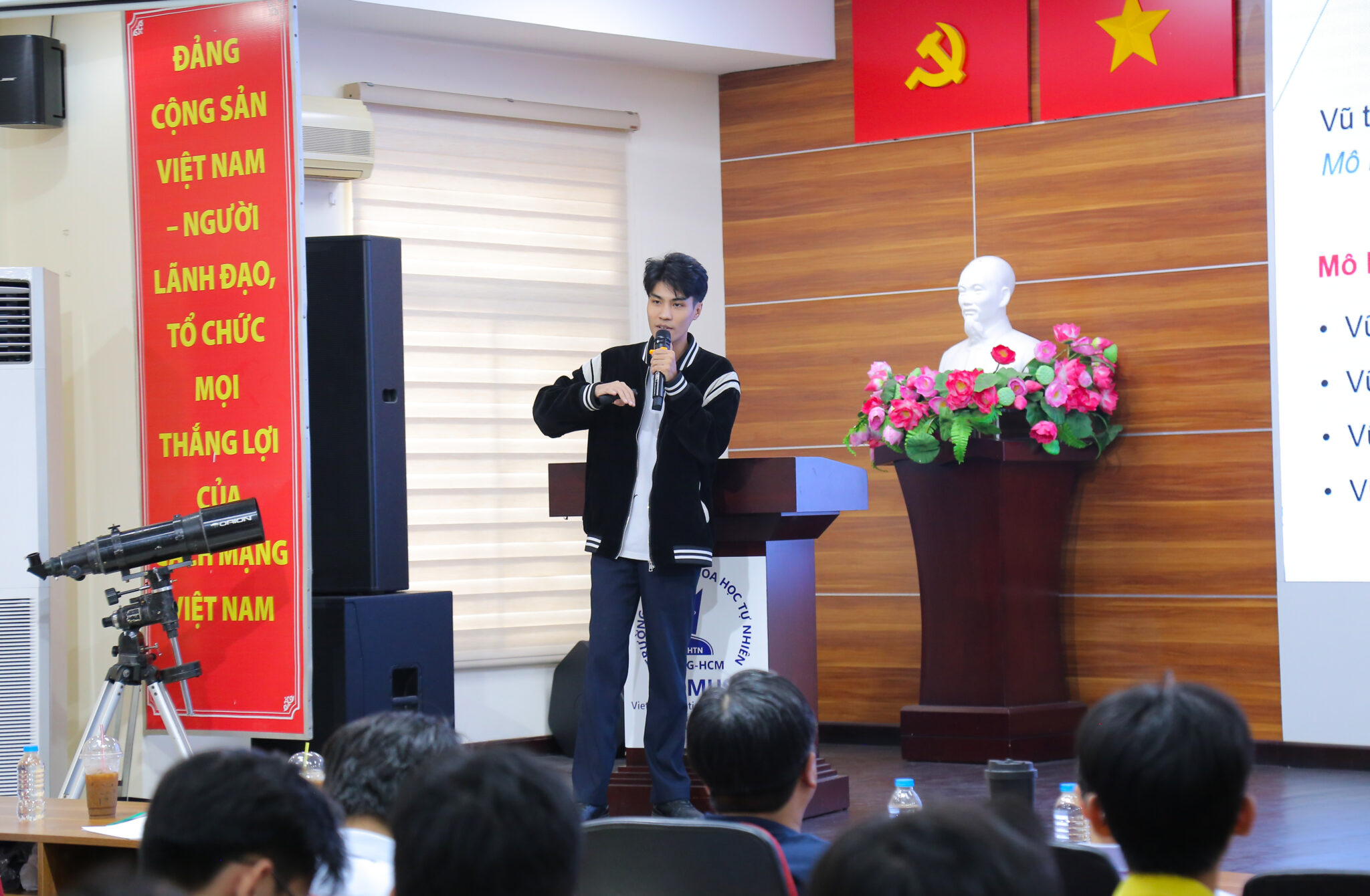
In addition, MSc. Phạm Vũ Lộc delivered a fascinating presentation on the seemingly imperceptible changes in the starry backdrop over millions of years. Through his talk, the audience learned about the centuries-long journey of astronomers seeking to decode the subtle yet significant movements of stars across the sky.
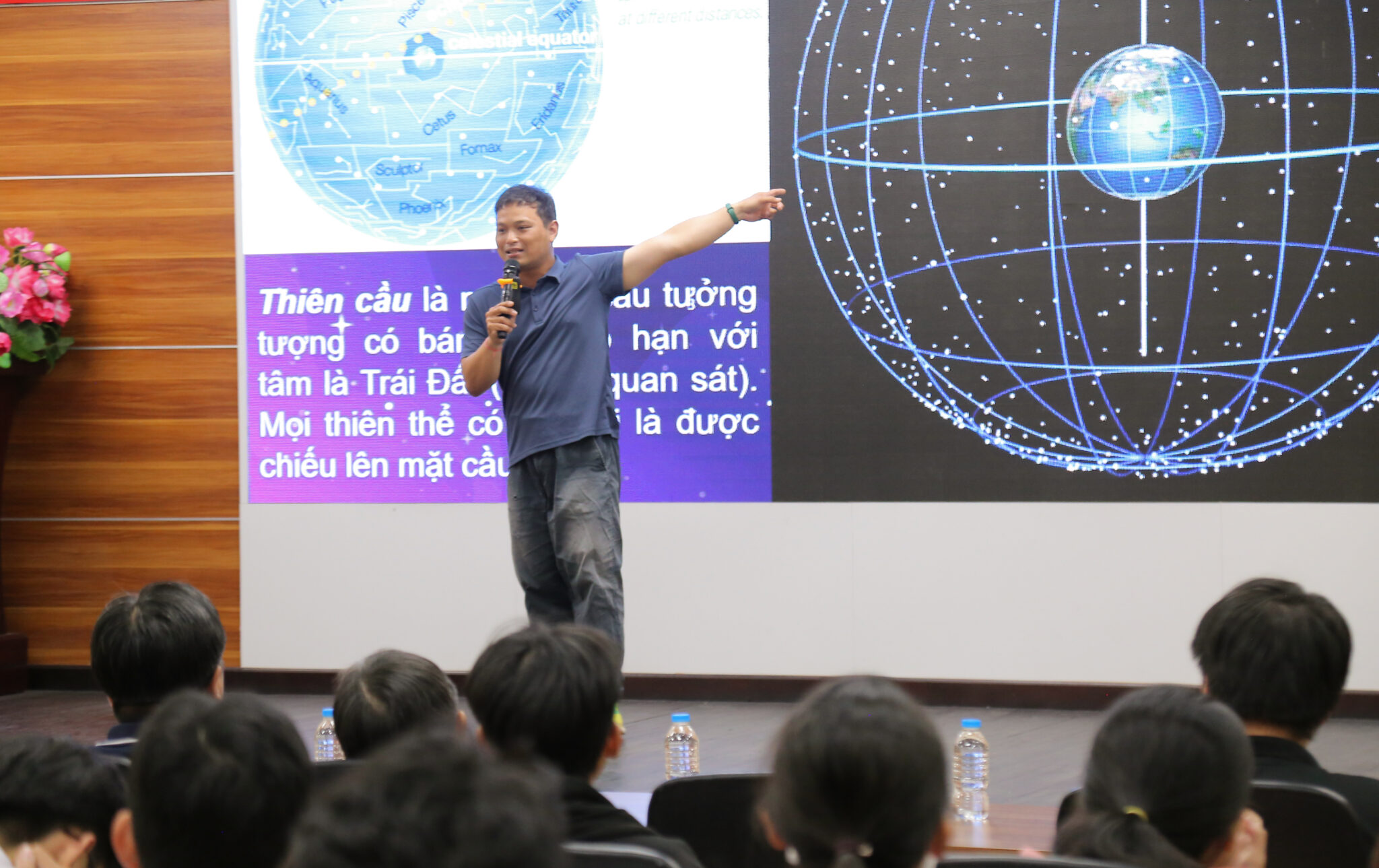
The 2025 Astronomy Seminar concluded with many memorable moments from this meaningful academic event, connecting those who loved science and the exploration of the universe. The new knowledge and captivating stories from the speakers not only helped attendees gain a deeper understanding of the wonders of astronomy but also inspired a spirit of passion for continuous research and learning.
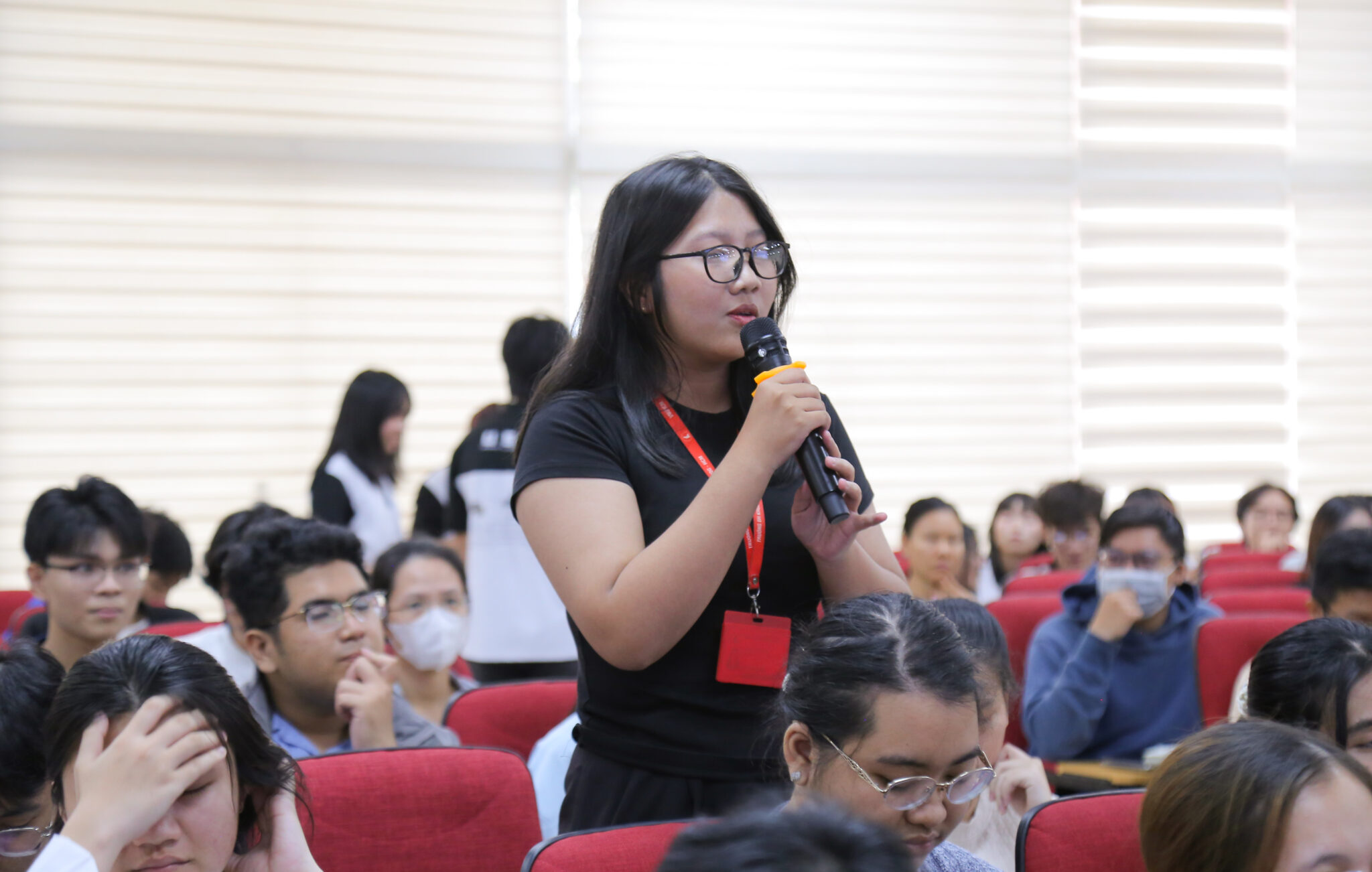
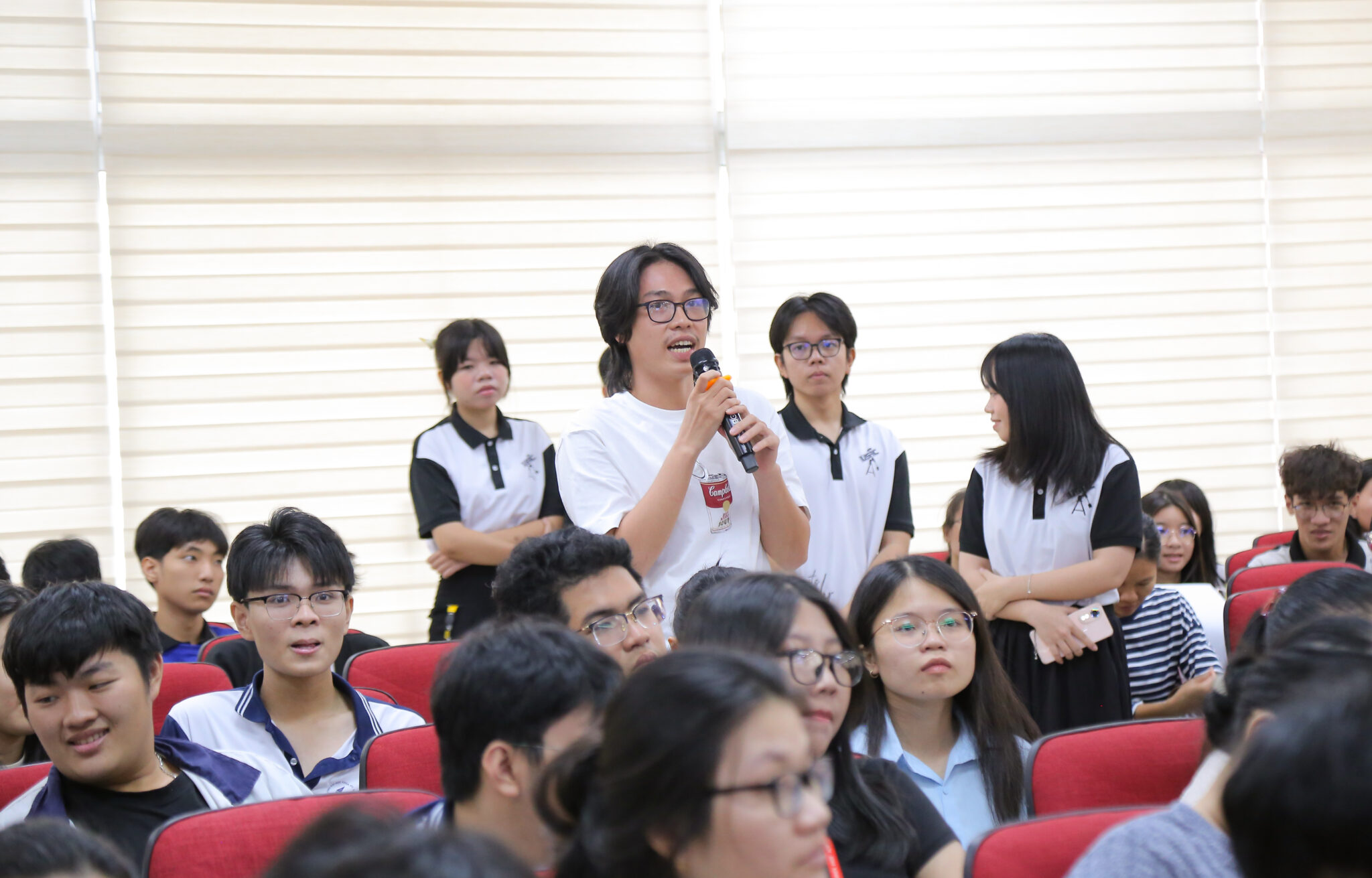
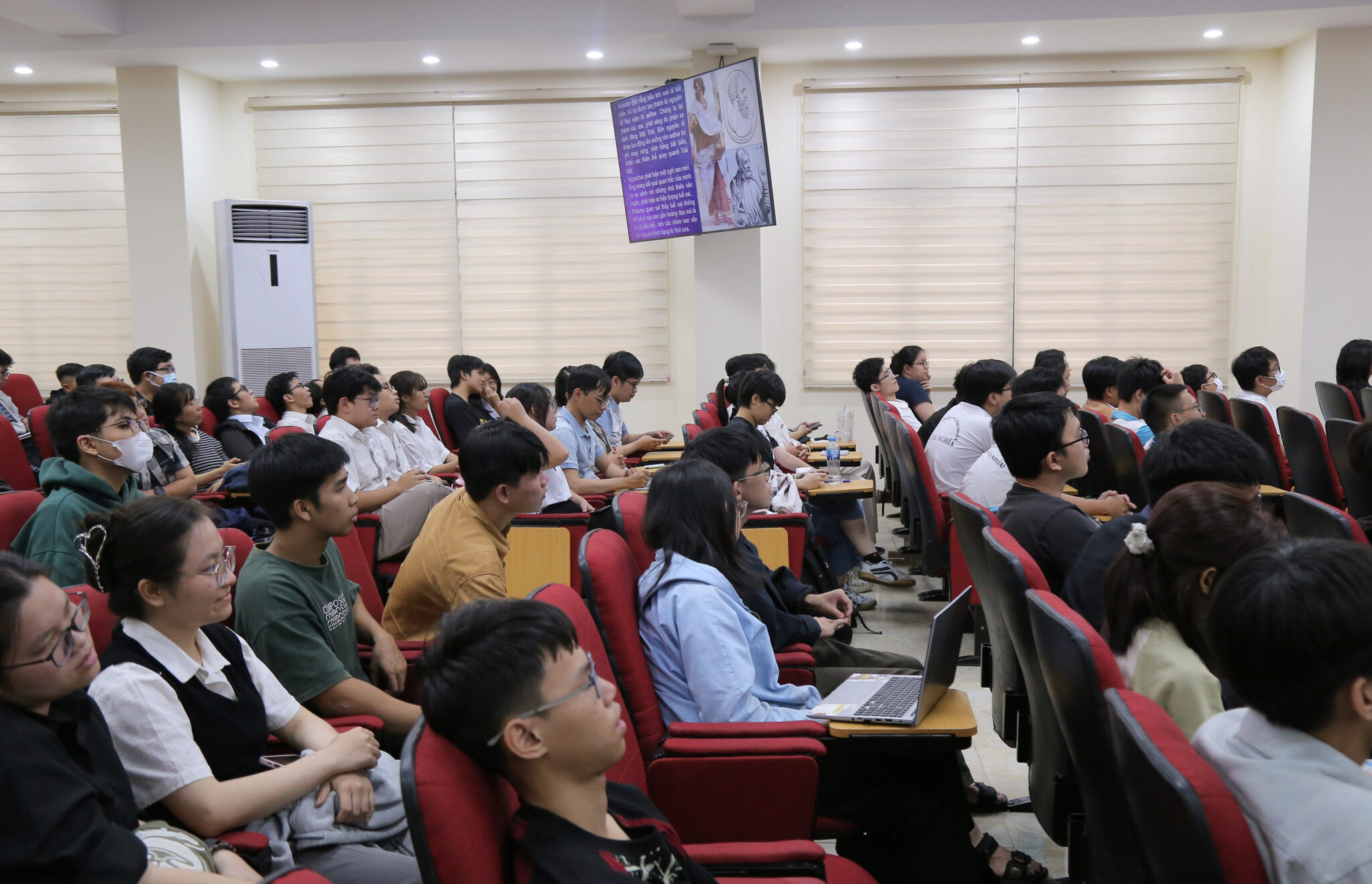
ℙ𝕄ℕ


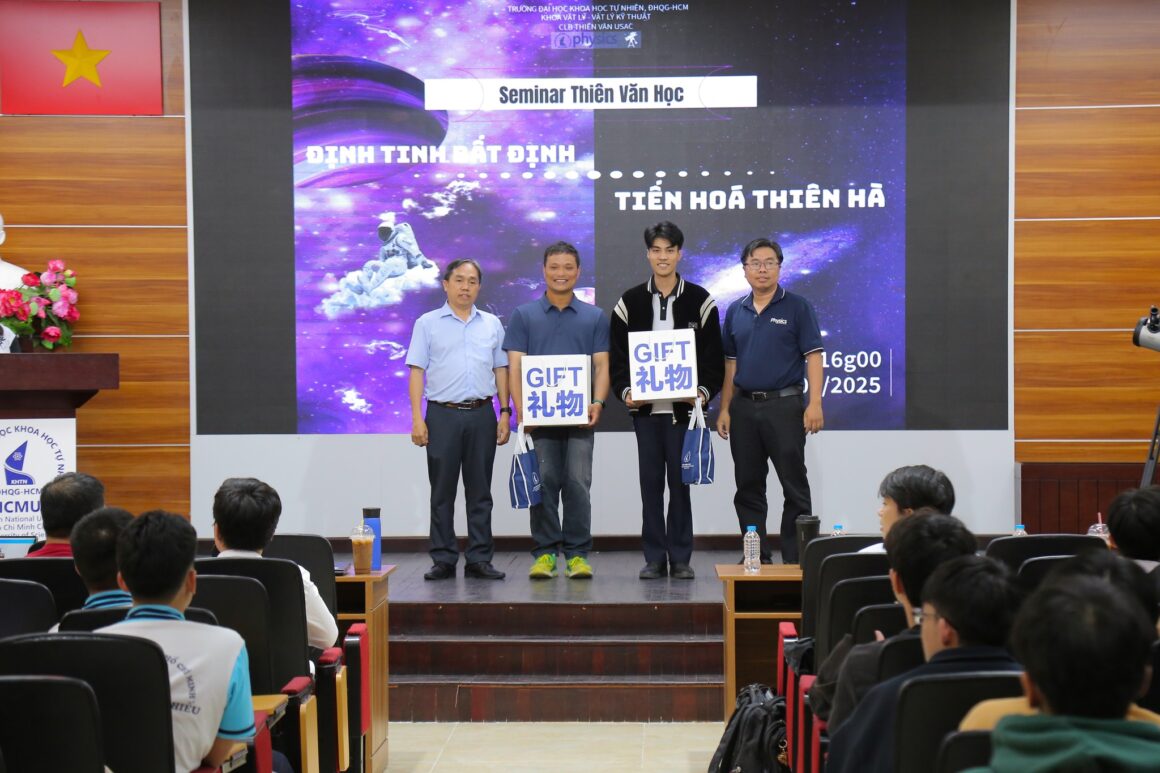
Leave a Reply